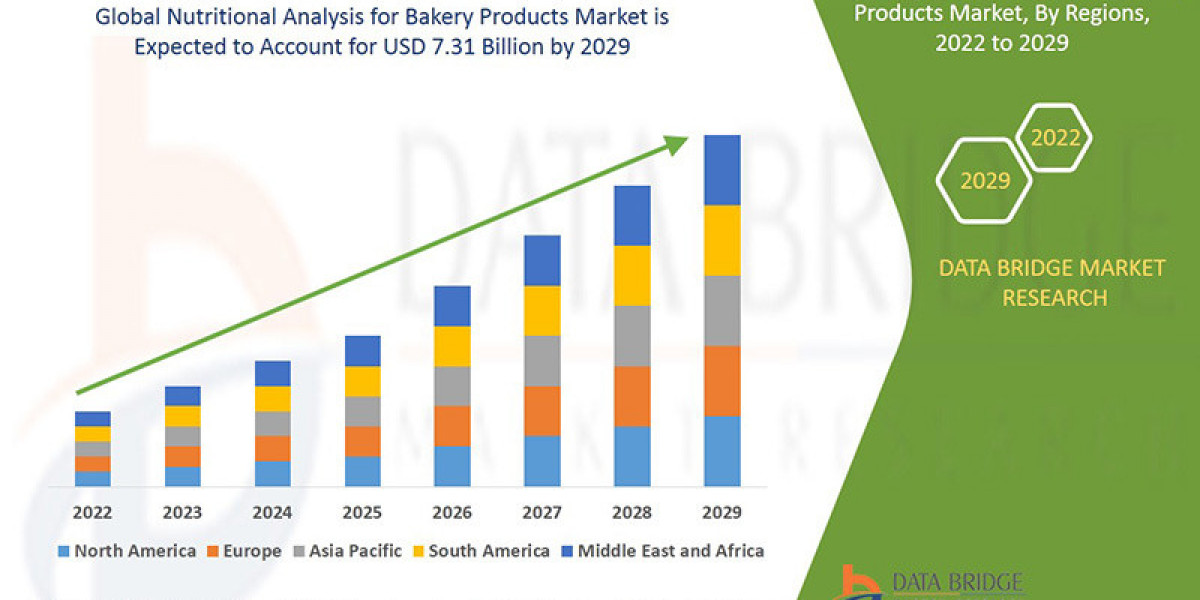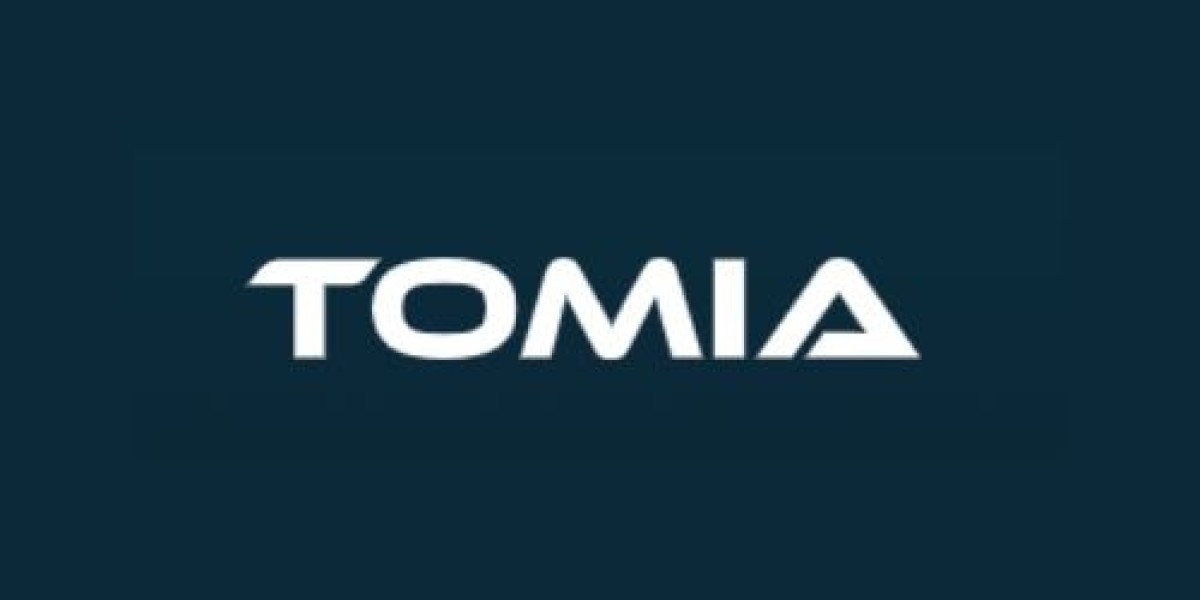Introduction
The Carglumic Acid Market is witnessing steady growth, driven by increasing awareness of rare metabolic disorders and advancements in orphan drug development. Carglumic acid is primarily used for treating N-acetylglutamate synthase (NAGS) deficiency, a rare urea cycle disorder leading to life-threatening hyperammonemia. As research into inborn metabolic diseases progresses, the demand for effective and life-saving treatments like carglumic acid is expanding.
Understanding Carglumic Acid and Its Importance
Carglumic acid is a structural analog of N-acetylglutamate (NAG), essential for activating carbamoyl phosphate synthetase 1 (CPS1), a key enzyme in the urea cycle. Patients with NAGS deficiency lack the ability to clear excess ammonia from the bloodstream, leading to severe metabolic complications.
Key Applications of Carglumic Acid:
NAGS deficiency treatment: Restores urea cycle function, preventing ammonia buildup.
Hyperammonemia management: Used as an adjunct therapy in organic acidemias, such as propionic acidemia and methylmalonic acidemia.
Potential future applications: Ongoing research explores its role in other metabolic and hepatic disorders.
Market Growth Drivers
Several factors contribute to the growth of the Carglumic Acid Market, including:
1. Rising Cases of Rare Metabolic Disorders
Increased newborn screening programs are leading to early diagnosis of urea cycle disorders.
Improved genetic testing is enhancing detection rates.
2. Advancements in Orphan Drug Development
Regulatory incentives, such as FDA Orphan Drug Designation, are encouraging pharmaceutical companies to invest in rare disease therapeutics.
Increased funding for metabolic disorder research is expanding treatment options.
3. Growing Awareness and Accessibility
Healthcare organizations and patient advocacy groups are raising awareness about rare metabolic diseases.
Expansion of specialty pharmaceutical distribution channels is improving access to carglumic acid therapies.
Challenges and Barriers
Despite growth, the market faces certain challenges:
1. High Cost of Treatment
Carglumic acid is an expensive medication, limiting access in low-income regions.
Limited insurance coverage and reimbursement policies can affect affordability.
2. Limited Patient Population
As a treatment for ultra-rare diseases, the market size remains small and niche.
Research on alternative therapies and enzyme replacement therapies may impact demand.
3. Regulatory Hurdles
Strict guidelines for clinical trials and approvals slow down new product introductions.
Companies must comply with regional pharmaceutical regulations to expand global reach.
Regional Market Trends
North America dominates the market due to advanced healthcare infrastructure and strong orphan drug policies.
Europe follows closely, benefiting from government funding for rare disease research.
Asia-Pacific is a growing market, driven by expanding diagnostic capabilities and increased healthcare investments.
Future Market Outlook
Gene therapies and enzyme replacement therapies may complement carglumic acid treatments.
Telemedicine and digital healthcare platforms will improve patient access to metabolic disorder specialists.
Expansion of newborn screening programs will increase early diagnosis and treatment adoption.
Conclusion
The Carglumic Acid Market is poised for growth as research advancements, regulatory incentives, and improved patient awareness drive demand. While challenges like high treatment costs and regulatory barriers persist, ongoing innovation and investment in rare disease therapeutics are expected to create new opportunities for market expansion.








